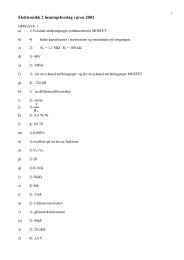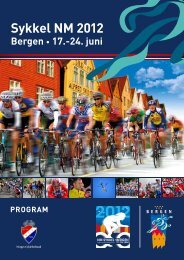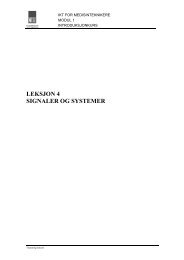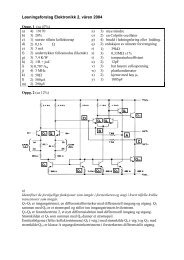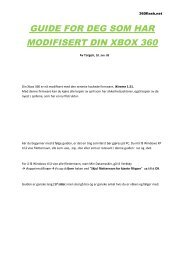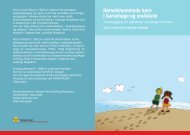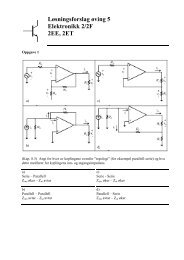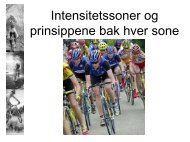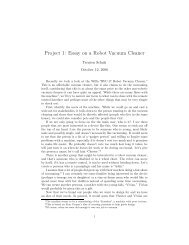The Online World resources handbook
The Online World resources handbook
The Online World resources handbook
Create successful ePaper yourself
Turn your PDF publications into a flip-book with our unique Google optimized e-Paper software.
Web/Internet tools and pointers http://home.eunet.no/~presno/bok/v6.html<br />
Gopher, FTP, and TELNET, but cannot supply <strong>resources</strong> through these protocols to<br />
people outside the company.<br />
Check the Firewalls FAQ for definitions, justifications, what firewalls can/cannot<br />
do, virus, and other interesting links.<br />
FTP (File Transfer Protocol)<br />
A program for sending and receiving files to and from a remote computer to your local<br />
host. Lets you connect to many remote computers, as an anonymous or guest user, to<br />
transfer files back to your computer. Lets you list file directories on foreign systems, get<br />
or retrieve files. You cannot browse menus, send email, or search databases using FTP.<br />
<strong>The</strong> easiest is to use ftp with a Web browser like Netscape. Just feed the browser<br />
the file's location, in a format like this ftp://ftp.eunet.no/pub/text/online.txt.Z. <strong>The</strong> codes<br />
after the "//" show first the host name, then the directory, and finally the file name of the<br />
desired file.<br />
Some users type ftp at their system prompt, login on the remote system, and ask for<br />
the file they want to receive. It transfers to their local host machine. (For more on this,<br />
read under "Internet" in Appendix 1.) Finally, unless their computer is directly<br />
connected to the Internet, the retrieved file must be transferred from their host machine<br />
to their PC.<br />
Where ftp or WWW is not available, you may also use FTPMAIL (chapter 12).<br />
FYI<br />
"For Your Information." A subseries of RFCs that are not technical standards or<br />
descriptions of protocols that are available from http://www.rfc editor.org and many<br />
other sources on the Internet.<br />
Gopher<br />
Gopher is a tool for exploring the Internet and to find a resource if you know what you<br />
want, but not where to find it. Gopher systems are menu based in a top level subject<br />
oriented way, and provide a user friendly front end to Internet <strong>resources</strong>, searches and<br />
information retrieval.<br />
Gopher gets information from certain locations on the Internet to which it is<br />
connected, and brings the information to your computer. It can get information via other<br />
Gophers at other locations connected to yet other hosts. <strong>The</strong> Telneting or file transfer<br />
protocols are transparent to the user.<br />
To access gopher services, run a browser program. <strong>The</strong> browser reads documents,<br />
and can fetch documents and files from other sources. Some services let you fetch<br />
gopher information by electronic mail (see Gophermail below).<br />
"Common Questions and Answers about the Internet Gopher" are posted to the<br />
Usenet newsgroups comp.infosystems.gopher, comp.answers, and news.answers every<br />
two weeks. (See FAQ above.)<br />
Pointers to Gopher sources may be given in this form:<br />
Type=1<br />
Name= United States GOVERNMENT Gophers<br />
Path=1/welcome/peg/GOPHERS/gov<br />
Host=peg.cwis.uci.edu<br />
Port=7000<br />
URL: gopher://peg.uci.edu:7000/11/welcome/peg/GOPHERS/gov<br />
If your browser cannot use this information directly, try to deduct the information from<br />
the URL line. In this example, it translates into 'gopher peg.uci.edu 7000' , select peg /<br />
gophers/ gov.<br />
If the gopher command is not available on your system, then you may telnet to the<br />
gopher site, and login as 'gopher' or 'info'.<br />
<strong>The</strong> gophers of the world, sorted by country, are at<br />
URL: gopher://liberty.uc.wlu.edu/11/gophers/other<br />
5 of 16 23.11.2009 15:51



